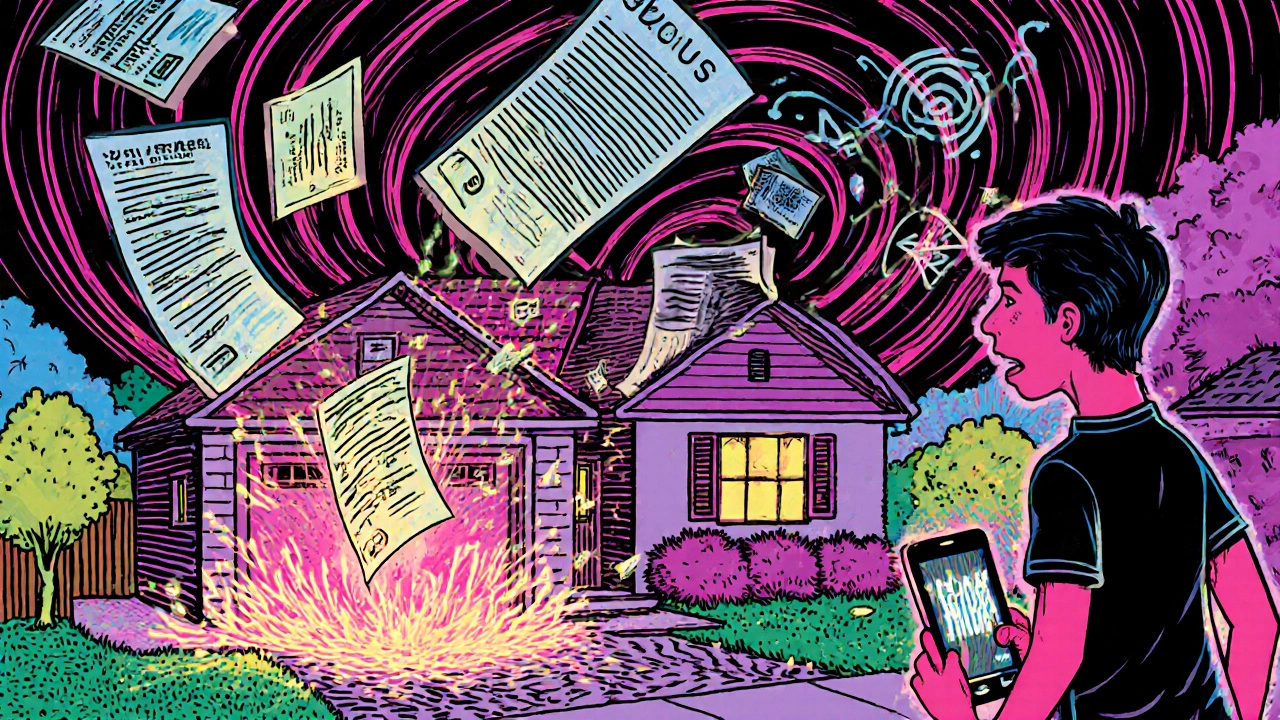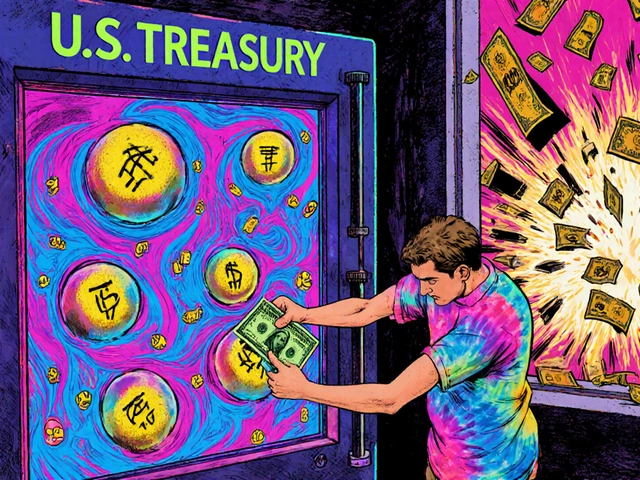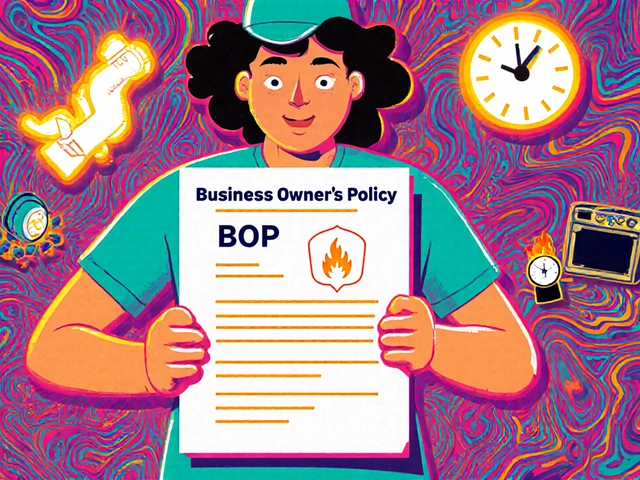Identity Theft Prevention: How to Protect Your Money and Personal Data
When someone steals your identity, they don’t just take your name—they take your money, your credit, and sometimes years of your life trying to fix it. Identity theft prevention, the set of actions and tools used to stop criminals from accessing your personal information. Also known as identity protection, it’s not about paranoia—it’s about locking down what matters before it’s too late. In 2023, over 14 million Americans were victims of identity fraud, and most of those cases started with a single leaked email, a weak password, or an unsecured device. You don’t need to be a high-income earner to be targeted. Your Social Security number, bank login, or even your date of birth are gold to fraudsters—and they’re easier to steal than you think.
Personal data security, how you guard your private information from being accessed or misused. Also known as data privacy, it’s the foundation of identity theft prevention, the set of actions and tools used to stop criminals from accessing your personal information. Also known as identity protection, it’s not about paranoia—it’s about locking down what matters before it’s too late.. Most breaches happen because people reuse passwords, click phishing links, or leave devices unlocked. But it’s not just about passwords. Your phone number, birthplace, mother’s maiden name—all of it can be used to reset accounts or answer security questions. Even your public social media posts can give fraudsters enough info to impersonate you. And once they do, they can open credit cards, file fake tax returns, or drain your bank account—all without ever meeting you.
Credit monitoring, a service that tracks changes to your credit report and alerts you to suspicious activity. Also known as credit watch, it’s one of the fastest ways to catch identity theft early. Free services like Credit Karma or Experian’s free report can show you new accounts opened in your name, but they don’t stop fraud—they just tell you after it happens. Paid services like LifeLock or IdentityForce go further: they monitor dark web marketplaces for your data, block fraudulent applications, and even help you recover lost funds. And yes, it’s worth it. A single stolen identity can cost you $1,000 to $10,000 and 200+ hours to fix. Paying $10 a month to avoid that? That’s not an expense. That’s insurance.
Identity theft prevention isn’t a one-time setup. It’s a habit. It’s checking your bank statements every week. It’s using a password manager instead of "password123." It’s freezing your credit with all three bureaus—something you can do for free, right now. It’s turning off location tagging on photos and avoiding public Wi-Fi for banking. And it’s knowing that if your phone number was leaked in a data breach last year, you’re already at risk. The best defense isn’t fancy tech. It’s consistency. Small, daily actions that add up to real protection.
Below, you’ll find real, tested strategies from people who’ve been there—how to spot a phishing email before you click, how to freeze your credit without calling three different companies, and which services actually deliver on their promises. No fluff. No upsells. Just what works when your money and identity are on the line.





